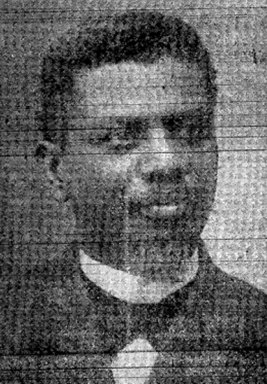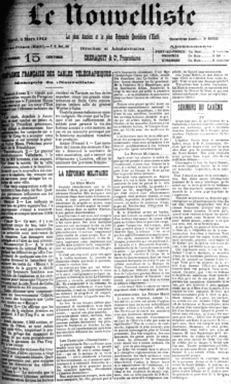"Leconte Puts the State to Work" by the Island Luminous Editorial Board
When Cincinnatus Leconte became president in 1910, he made a bold promise to improve infrastructure, pay public debts, expand education, and reform the army. This was not empty rhetoric. Leconte appointed talented ministers to implement new policies.

To improve discipline in Haiti’s army, Leconte instructed his minister of war, H.L. Philippe, to reduce the ranks and build new barracks, the Casernes Dessalines, in Port-au-Prince. Leconte would not allow European warships to bully Haiti as they had in the past to collect unpaid debts. He told his minister of finance, Edmond Lespinasse, to make sure that Haiti’s debts were paid and that taxes were collected. Leconte boldly stated that "all the humiliating stories about our inability to manage our own finances and customs will end today." He promised that the "state would pay more attention to the nation’s dignity." (From Exposé général de la situation de la République d’Haïti. 1912.)
Next Leconte appointed John Laroche as his minister of public works. Under Laroche, the state repaired roads, erected bridges, and installed telegraph wires. Leconte insisted that Haiti "immediately undertake extensive work to improve roads, public buildings, and streets that were in poor condition."



Leconte’s most dynamic minister was Tertullien Guibaude, the minister of education. Guibaude paid men to serve as school inspectors who would make sure that schools were well built and teachers were well trained and well paid. Guibaude explained that "each week [the inspectors] had to visit every school near where they lived. And each month they [would visit] the other, urban and rural schools in their district. They would provide the ministry with a monthly report."